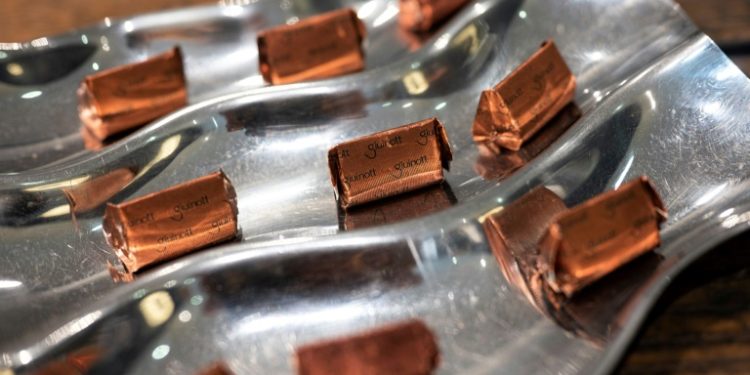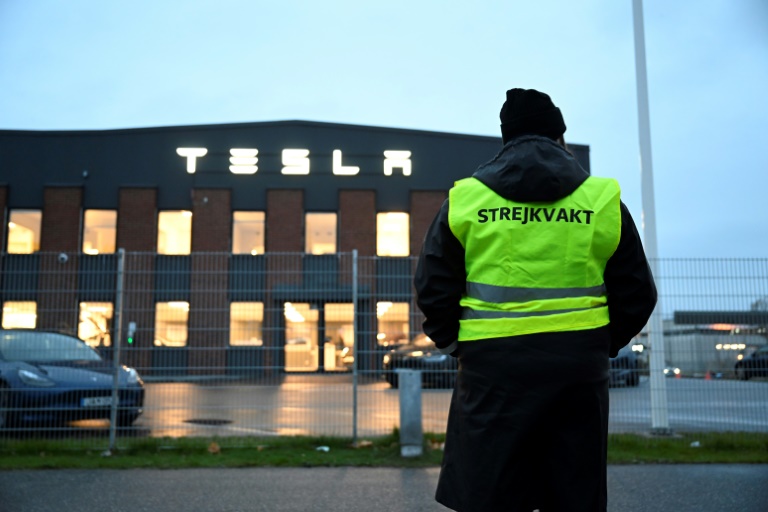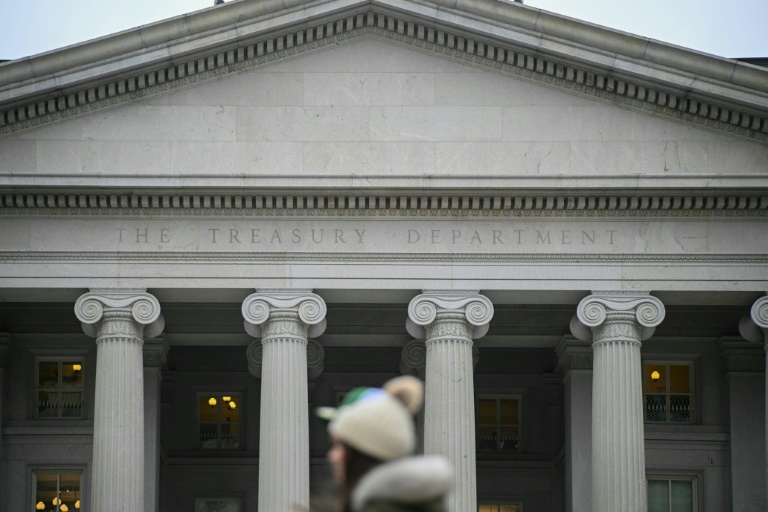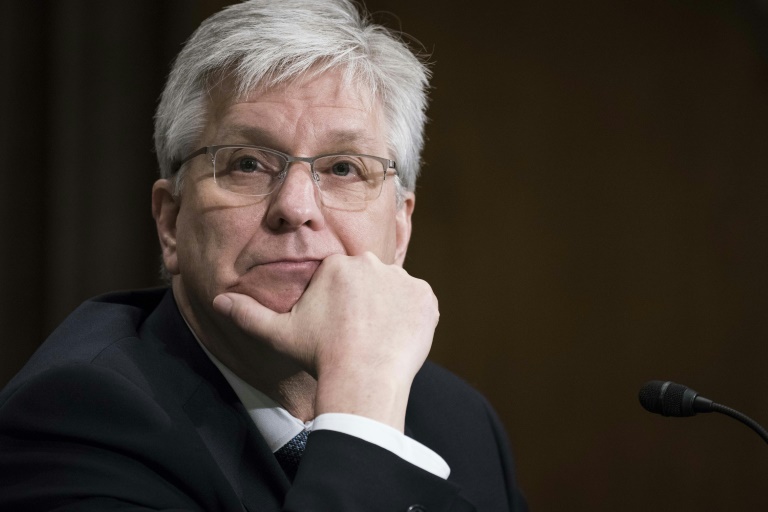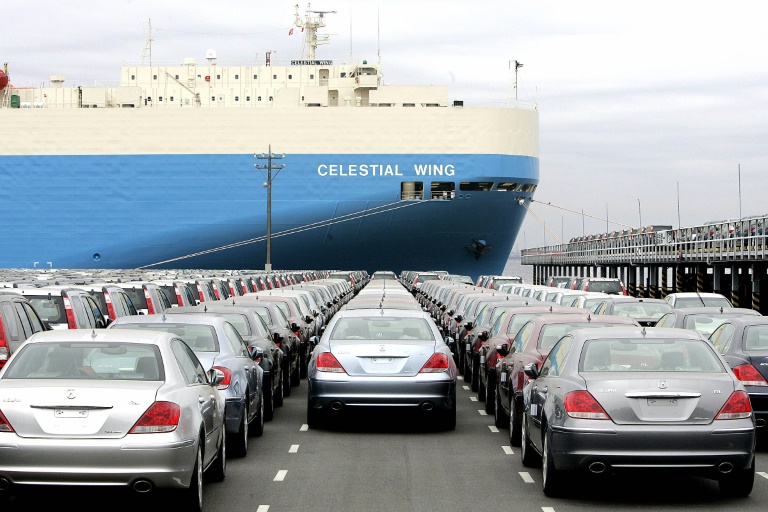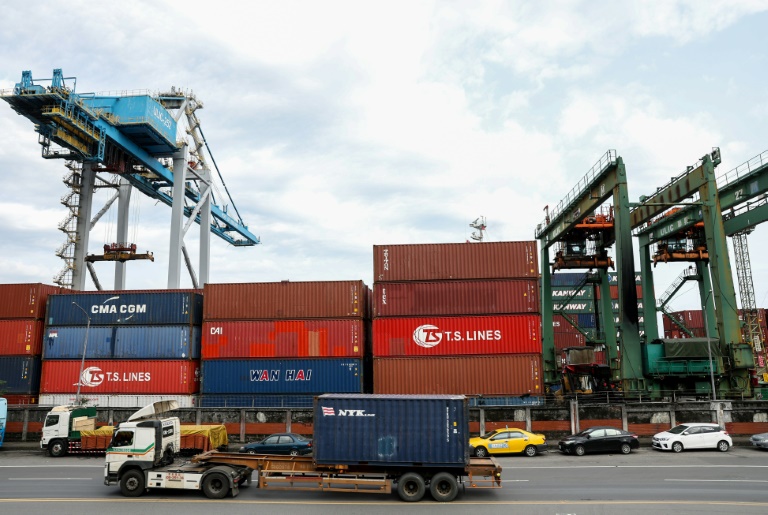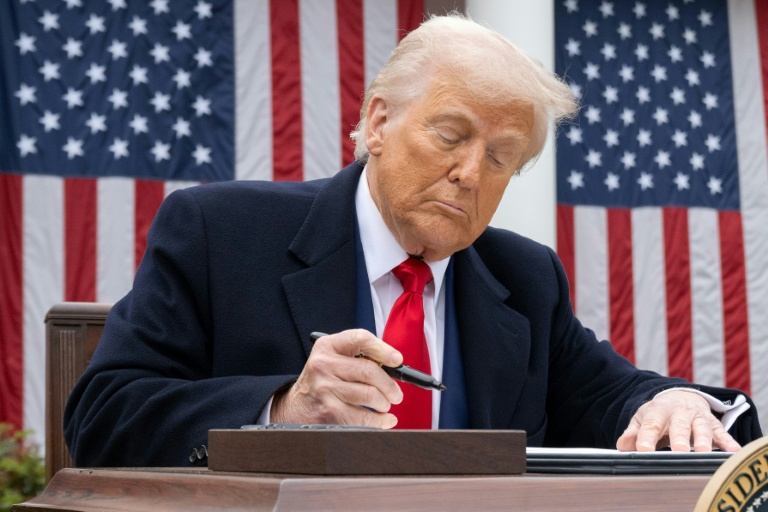Milan (AFP) – Swiss giant Lindt said Thursday a deal may soon be reached with group of Italian artisan chocolatiers that will allow for the creation of a protected status for Turin’s famed gianduiotto.
The small, creamy mixture of grilled Piedmont hazelnuts, cocoa and sugar that melts in the mouth has been at the centre of a dispute for months.
Lindt has been the owner since 1997 of Italian producer Caffarel, which claims to have invented the gianduiotto, and has blocked a move by a group of local Italian artisan chocolatiers to seek the creation of a Protected Geographical Indication (PGI) for the confection in the European Union.
“We are convinced that we can soon reach an agreement on the promotion of the gianduiotto in Italy and in the world,” the head of Lindt and Sprungli Italy, Benedict Riccabona said in a statement.
A group of around 40 artisan chocolatiers, as well as companies such as Ferrero, Venchi and Domori, are seeking to obtain a PGI “Gianduiotto of Turin to raise the profile of the chocolate, increase sales — already estimated at around 200 million euros ($216 million) a year.
The dispute centred around the recipe, with those seeking the PGI seeking a return to the original recipe of 30 to 45 percent roasted hazelnuts from Piedmont, at least 25 percent cocoa, plus sugar.
But Lindt’s Caffarel adds powdered milk and uses less hazelnuts.
The compromise shaping up will allow the creation of the PGI, but with Lindt’s subsidiary not joining but being allowed to continue with its brand — “Gianduia 1865 — the authentic Gianduiotto of Turin” — and its recipe.
Lindt had also previously expressed concerns the PGI would cause confusion with its brand.
“It’s a major success for the chocolatiers, the region as well as Caffarel as we are convinced that the recognition of the PGI will result in an increase in sales of gianduiotto,” said Antonio Borra, a lawyer for group seeking the PGI.
He said work is underway with the agriculture ministry to enshrine Lindt’s exception in the PGI rules and that final approval by the European Commission by the end of the year.

